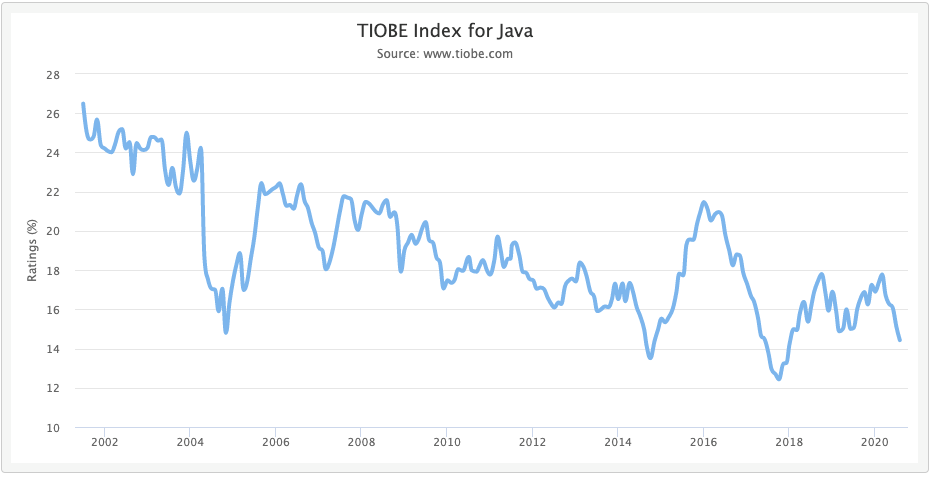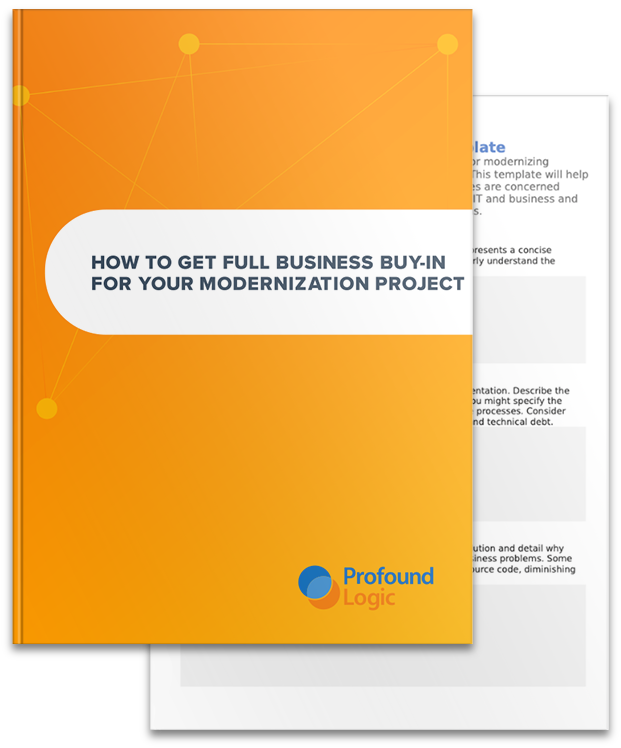In the world of AS/400 (now IBM i) transformation, time may not be your friend. RPG development resource availability is at an all-time low, and forecasts do not look promising for any resurgence. That fact, combined with the reality that a full-blown transformation initiative can take several years on average, simply means that putting off aggressive digital transformation activity is no longer an option for most organizations.
Michael Killian
Recent Posts
Top Things to Consider When Modernizing and Transforming Legacy AS/400 IT Environments
If you haven’t had the opportunity to read our series focused on “What is Legacy Code”, it might help to quickly catch-up and review that first.
For Business Applications on IBM i, Legacy Code Paved the Way (But Shouldn’t Be the Future) – Part 3
Welcome back to my three-part series that looks at IBM i programming languages. My goal has been to cut through the emotion and identify what “legacy” really means when it comes to programming languages on the IBM i (aka AS/400, iSeries) platform.
For Business Applications on IBM i, Legacy Code Paved the Way (But Shouldn’t Be the Future) – Part 1
When we speak to businesses that run on the IBM i platform (aka AS/400 or iSeries), old and monolithic code are the top two compelling reasons cited by organizations choosing to start down the path to application and system modernization. But since “legacy” code has already done so much for us, why consider a change? Learn more in this, the first of three blog posts I’ll write on the topic!
For Business Applications on IBM i, Legacy Code Paved the Way (But Shouldn’t Be the Future) – Part 2
Welcome back to my blog series on truth about IBM i legacy code. In part two, we’ll cover how our industry talks a lot of “legacy” vs. “modern” code, but what does that really mean for your business needs? It’s time to really dive into the history of legacy languages and modern languages for enterprise businesses. For the IBM i (AS400, iSeries) market, that focus primarily turns to RPG as a coding language.
If you missed part one, catch up here.









